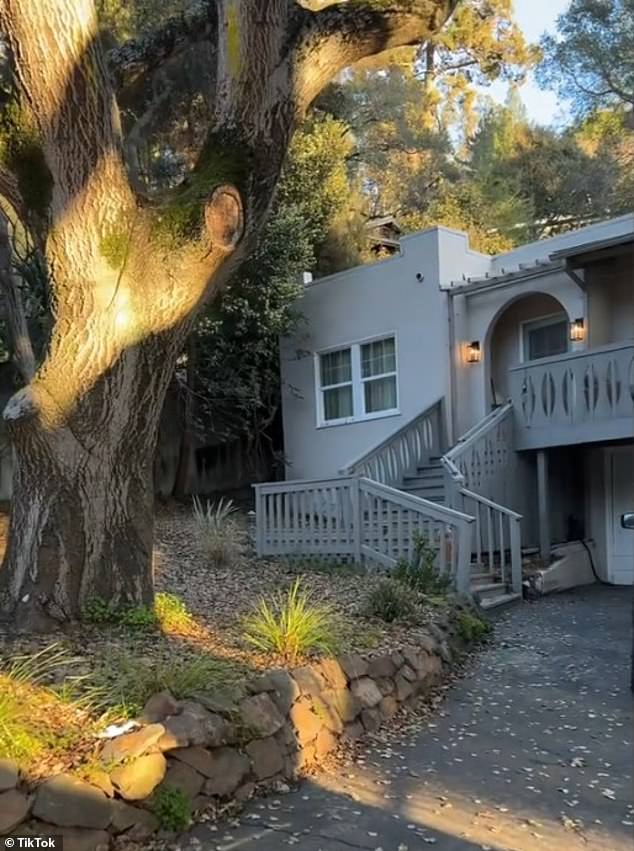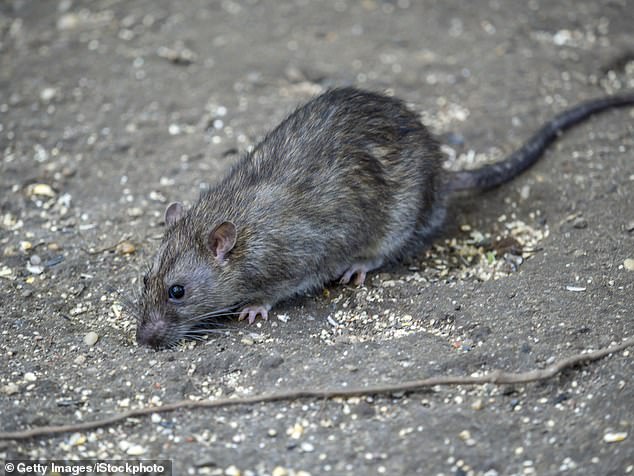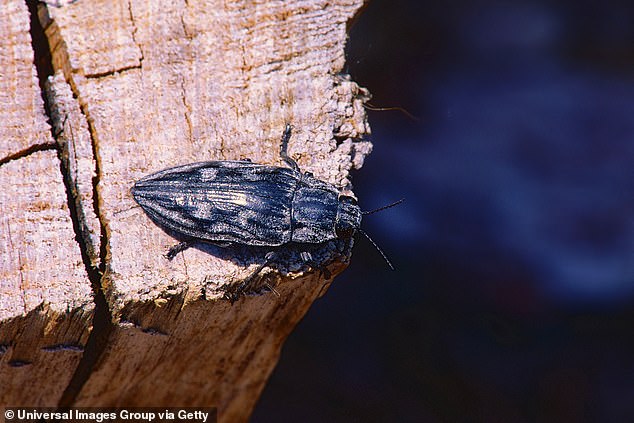Influencer who bought dream home in San Francisco woods reveals how it has become more like a nightmare
An influencer who bought her dream home in a wooded area outside San Francisco revealed it has become a nightmare to maintain.
Laureise Livingston posted a video of some of the disasters she and her husband had to clean up and spend thousands of dollars to repair after purchasing the 100-year-old home nearly two years ago.
Despite being an old house, Livingston revealed that the problems didn’t necessarily stem from the age, but more from the rodents and insects that have moved in.
The content creator, who is also a yoga instructor, shared some of the horrific problems they faced in a video posted in late August, warning people to never buy a house in the woods.
“Just a PSA about buying a house in a wooded area — just don’t do that,” she said, adding that their home has “a lot of potential for trouble.”
“It’s rodents, insects and beetles that have eaten us alive financially.”
Laureise Livingston posted a video of some of the disasters she and her husband had to clean up and repair after purchasing the 100-year-old home in a wooded area outside the Bay Area

Despite being an old house, Livingston revealed that the problems largely stem from the rodents and insects that have moved in (picture: couple’s home)
She recalled the moment when she and her husband heard a “scratching” sound under their floor one evening.
“It turns out we have Norway rats. And if you’ve ever seen a Norway rat, they’re literally the size of a squirrel,” Livingston said.
The rodents, also known as brown rats, are “one of the most common rats” found in Norway and California, according to research. Killroy Pest Control.
She said the rats in their home were feeding on their heating or HVAC ducts, which are “wrapped in asbestos.”
“And this wouldn’t be a problem because it wasn’t disturbed until the rats came down and started chewing on it,” she said, adding that the rodents used the asbestos to make nests under their home.
The couple then removed the pesky rodents, but because of the damage they caused, the HVAC ducts also had to be replaced, which cost them about $10,000.
To do this, the couple went without heat and air for about six months while the major problem was resolved.

The couple discovered that Norway rats, also known as brown rats, were hiding under their floorboards (photo: stock photo of Norway rat)

Because the rats used the asbestos on their HVAC ducts to make nests for themselves, the couple had to spend about $10,000 to have new ducts installed.
Another sticky problem arose just when they thought they could finally catch a break.
Pest control company Terminix called the couple and offered a free termite inspection after their neighbors were plagued by the insects.
“So they come along, and the good news is there are no termites, but you have wood-boring beetles,” she said, clarifying that they are “basically just as bad as termites.”
She recalled the expert telling them that the insects are known to “bite through the wood and lay small larvae.”
“And then the eggs hatch, and then those little eggs that are no longer little eggs, then you start biting the wood until the wood is all messed up in your house,” Livingston said.
The couple wanted to know how to solve the disastrous problem and were told they had two options: tent the house and heat treat it or fumigate it, both of which were difficult.

The couple was soon told that wood beetles were eating the wood in their home and they had to pay $4,500 to have it heat treated to push them out. (photo: archive photo of wood-boring beetle)
The first option would require the couple to remove anything from their home that could burn or melt, including hairspray and lipstick.
The treatment itself would also cost as much as $4,500 to complete.
The second plan would require the couple to vacate their property for four days and fork out more than $7,000 to fumigate the house and remove the “poison” beetles.
They went for the cheaper option and had their house heat-treated, because Livingston said it made it “a million degrees” in the house.
“I’ll go inside and sit in the heat, but at least the beetles are gone,” she said, showing a dead plant that wilted during the costly treatment.
